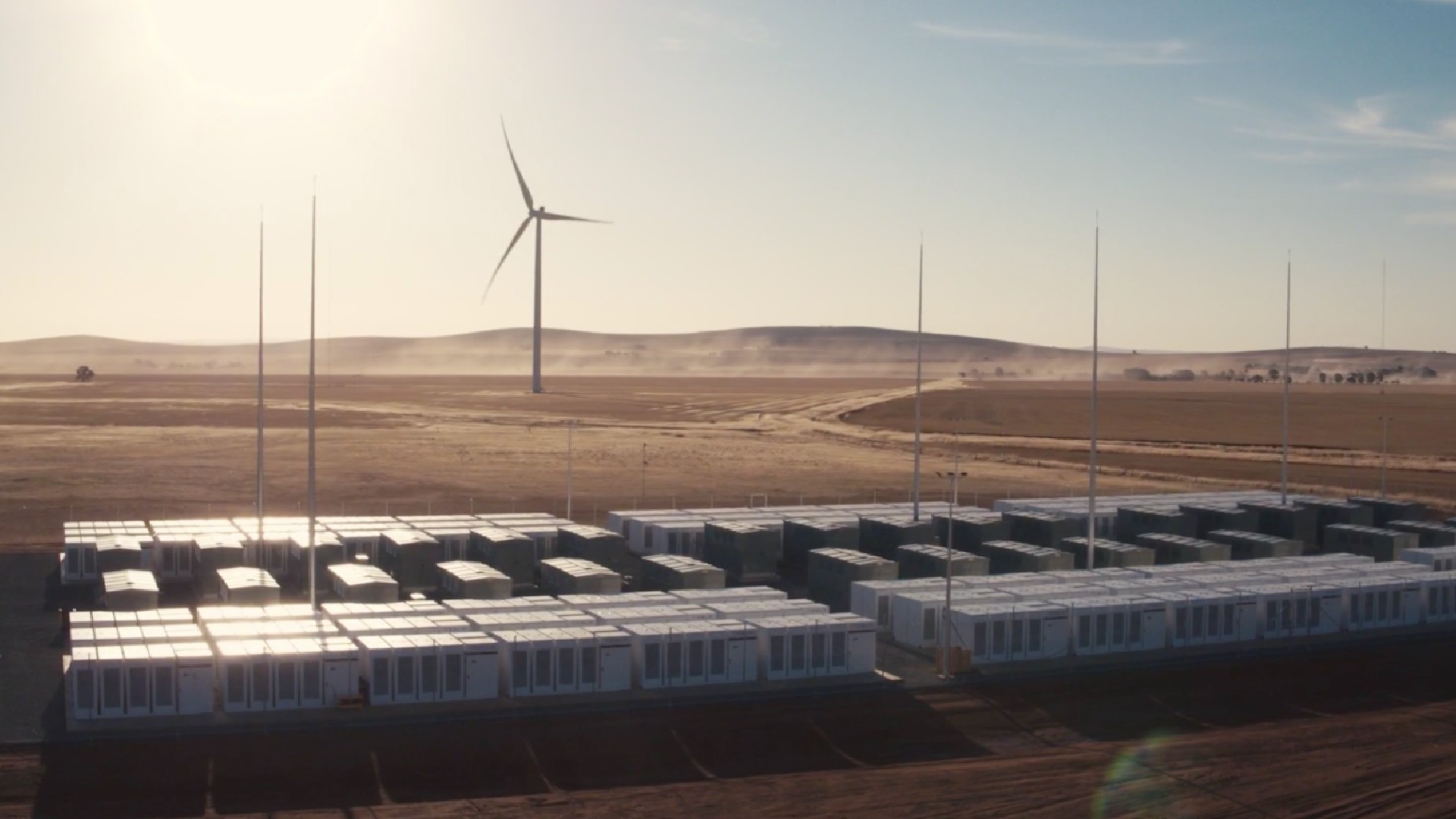As Australia’s electricity grid moves towards higher and higher concentrations of renewable energy, the newly appointed head of AEMO says the grid would be ready to handle 100% renewable energy at peak periods. In a recent speech, Daniel Westerman set 2025 as the target date.
Predictably, some conservative federal governments have scoffed at this and repeated the same arguments as in the past. The grid won’t cope. It still needs coal as a baseload and gas as a peaker for times of high demand. The Federal Resources Minister, Keith Pitt, stated recently that needing a grid that can handle periods of 100 percent renewable energy is “absolute nonsense.” Has he heard of batteries? Yes, he has but doesn’t believe they are up to the job. He recently would not admit when questioned by a reporter that batteries were dispatchable power. They are much quicker to respond to and more flexible than gas peaker plants.
All the while, the Australian states move inorexably closer to 100% renewable. Tasmania is well endowed with hydropower and has been 100% renewable for a long time. It has plans for a vast wind farm so it can become the battery of the nation. Strangely, the federal government doesn’t criticize or mock them. South Australia (home of Tesla’s “Big Battery”) is already peaking at 100% power derived from wind and solar. They aim for 400% and cheap energy to restart heavy industry (making green steel and hydrogen).

Western Australia (which has a standalone grid) is reaching peaks of 65% already, especially during the midday sun. The other states are running about 30%, depending on the time of day. Australia has very little wind power connected at the moment, but there are many gigawatts of generation in the pipeline (maybe we need a better metaphor — I’d appreciate some suggestions).
Unfortunately, the federal government funds the interconnectors between states. Recently, 3 adjoining states have decided to go it alone and build the interconnectors themselves. This will be a boon to South Australia, as it will export excess power generation rather than curtail its wind and solar farms.
Thankfully, business leaders, state governments, and consumers have learned to ignore the feds and keep installing rooftop solar, home batteries, solar farms, and wind farms. One wonders when Pitt will wake up – the sun is shining, the wind is blowing, and fossil fuels are no longer necessary.
